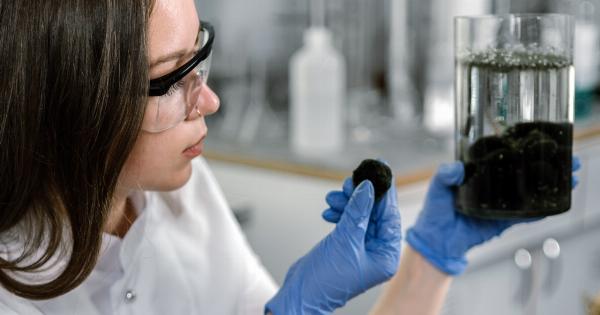The human genome is the entire set of genetic information present in each human being. It contains about 3 billion DNA base pairs, which carry information about traits, diseases, and other characteristics of an individual.
The genome is present in 23 pairs of chromosomes in the nucleus of each human cell. However, there is another type of DNA present in human cells – mitochondrial DNA (mtDNA), which is present in the mitochondria of the cell.
In this article, we will discuss the significance of mtDNA, its role in changing the human genome, and its impact on British society.
What is Mitochondrial DNA?
Mitochondria are tiny, energy-producing organelles present in nearly every cell of the human body. They convert food into energy, which is used by the cells to carry out their functions.
Mitochondria have their own DNA, which is circular, unlike the linear DNA present in the nucleus of a cell. Mitochondrial DNA is inherited only from the mother, as the father’s sperm cells do not donate mitochondria to the offspring. This makes mtDNA an excellent tool for tracing maternal ancestry or maternal inheritance of genetic traits or diseases.
How mtDNA Changes the Human Genome?
Mutations can occur in both nuclear DNA and mitochondrial DNA, but their effects differ. Mutations in nuclear DNA may be either harmful or beneficial, and they affect the individual carrying them.
In contrast, mtDNA mutations can be passed down only through the maternal line, and they affect the offspring. However, mtDNA mutations can be less harmful than mutations in the nuclear DNA as they do not contribute to the individual’s genetic makeup.
Instead, they can affect the health and vitality of the mitochondria, which in turn affects the energy production and cellular functions. Mitochondrial diseases are often caused by mtDNA mutations, which can lead to a wide range of disorders, including muscle weakness, vision loss, hearing problems, diabetes, and even death.
Since mtDNA mutations are inherited exclusively from the mother, they can accumulate over time and lead to significant health impacts in future generations.
Mitochondrial Replacement Therapy
Mitochondrial replacement therapy (MRT) is a technique that involves replacing faulty mitochondria in an egg or an embryo with healthy mitochondria from a donor.
The resulting offspring will carry genetic material from three individuals – the mother, the father, and the donor. This technique is used to prevent the transmission of mitochondrial diseases and has been legally approved in the UK since 2015. The procedure is highly controversial, as it involves genetic modification of human embryos and raises ethical concerns.
However, it offers new hope for women with mitochondrial diseases, as they can avoid passing the disorders to their children.
Impact of MRT on British Society
The introduction of MRT has opened new possibilities for genetic intervention and therapy. However, it also raises a number of social, legal, and ethical questions. One of the concerns is related to the safety of the procedure.
While initial studies have shown promising results, there are still risks associated with MRT, such as the possibility of long-term effects on the offspring or unexpected genetic changes. It is also unclear how the procedure could affect the future generations or the overall genetic diversity of the population. Another concern is related to the ethical implications of genetic modification and manipulation.
Many experts believe that MRT alters the genetic heritage of future generations, and that it could lead to other interventions, such as genetic enhancement or selection, that could further divide society and create new inequalities.
Conclusion
Mitochondrial DNA offers new insights into the complex mechanisms of genetic inheritance and human health. However, its impact on the human genome is still largely unknown, and more research is needed to understand its long-term effects.
MRT is a technique that has the potential to prevent mitochondrial diseases and improve the lives of affected individuals. However, it also raises important ethical questions that need to be addressed by society and policy-makers.
The British government has taken a cautious but pragmatic approach to MRT, legalizing the procedure in 2015 under strict regulatory and safety guidelines. The future of MRT and other genetic intervention technologies will depend on the scientific, social, and ethical debates that will inevitably arise as these technologies become more prevalent in our society.































